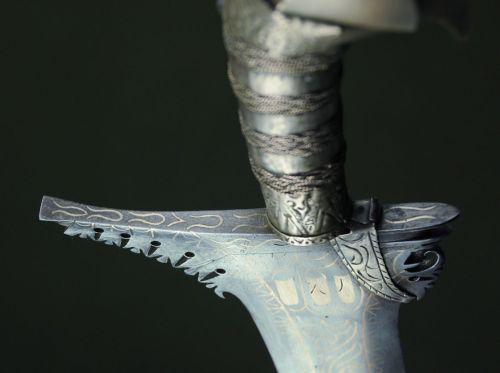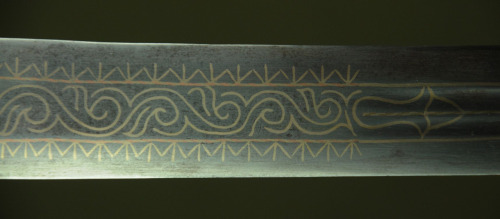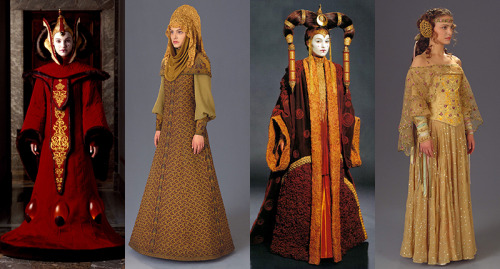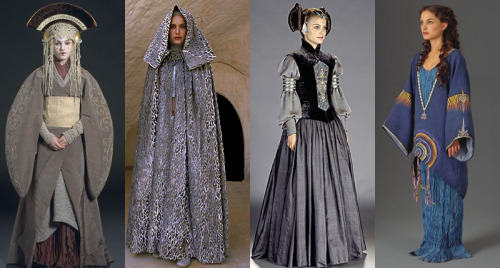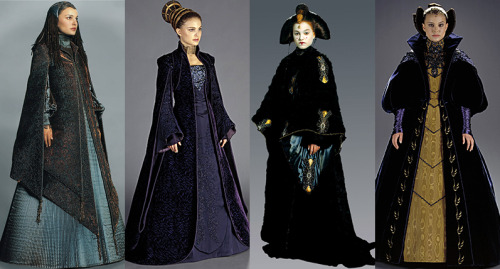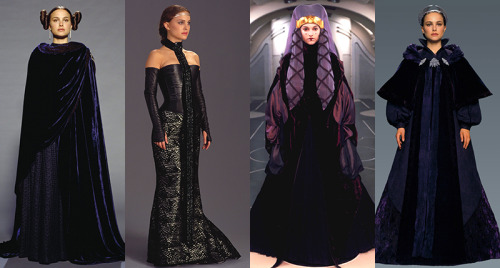Girlsss

girlsss
More Posts from Zelo-ref and Others
![[full Size]](https://64.media.tumblr.com/702d549c20986abd58a697c0341b09e2/tumblr_mocui8MFjd1rfiet9o1_500.jpg)
[full size]
This is perhaps approaching graduate level information as far as digital costuming is concerned, but I think that the more fidelity professional game artists have access to, the more mindful the details ought to be. This is especially true in the case of low-tech/medieval/pre-industrial fantasy where everything in the world is handmade; these little details are really crucial to selling that look.




Hunting Sword of Prince Camillo Borghese
Swordsmith: François Pirmet (French, Paris, recorded 1779–1818)
Goldsmith: Antoine-Modeste Fournera (French, Paris, documented 1806–17)
Dated: 1809–13
Culture: French, Paris
Medium: Silver-gilt, steel, leather, mother-of-pearl
Measurements: Weight with scabbard, 1 lb. 10 oz. (737 g) Length with scabbard, 27 in. (68.58 cm) Length of sword, 25 7/16 in. (64.59 cm) Length of blade, 19 ¾ in. (50.17 cm) Length of scabbard, 21 3/8 in. (54.28 cm) Greatest width of hilt, 4 5/8 in. (11.73 cm) Greatest width of blade, 1 3/16 in. (3 cm)
Provenance: Ex. Coll.: Borghese, Rome; Frederick Gallatin; Albert Gallatin; James P. Gallatin
In addition to the traditional hunting motifs, the decoration includes (on the back of the guard) the monogram of Camillo Borghese (1775–1832), Napoléon’s brother-in-law, who served the French cause in Italy. The scabbard is engraved with Pirmet’s name and his title, “gunmaker to His Majesty, the King of Westphalia,” in reference to Napoleon’s brother Jérôme Bonaparte.
Source: © 2000–2013 The Metropolitan Museum of Art
-
 aestheticgoyles reblogged this · 8 years ago
aestheticgoyles reblogged this · 8 years ago -
 whaetaerenmist liked this · 9 years ago
whaetaerenmist liked this · 9 years ago -
 shoka-snk-blog liked this · 9 years ago
shoka-snk-blog liked this · 9 years ago -
 ohratsssss liked this · 9 years ago
ohratsssss liked this · 9 years ago -
 polnareff24 liked this · 9 years ago
polnareff24 liked this · 9 years ago -
 dexx-d liked this · 9 years ago
dexx-d liked this · 9 years ago -
 hubert-the-mouse reblogged this · 9 years ago
hubert-the-mouse reblogged this · 9 years ago -
 cinna-monmonisme liked this · 9 years ago
cinna-monmonisme liked this · 9 years ago -
 cloverking003 liked this · 9 years ago
cloverking003 liked this · 9 years ago -
 fireopal-tash liked this · 9 years ago
fireopal-tash liked this · 9 years ago -
 allora8th liked this · 9 years ago
allora8th liked this · 9 years ago -
 spider-in-a-tupperware liked this · 9 years ago
spider-in-a-tupperware liked this · 9 years ago -
 pyncheonpaladin reblogged this · 9 years ago
pyncheonpaladin reblogged this · 9 years ago -
 pyncheonpaladin liked this · 9 years ago
pyncheonpaladin liked this · 9 years ago -
 my-holy-suga liked this · 9 years ago
my-holy-suga liked this · 9 years ago -
 wetfruits liked this · 9 years ago
wetfruits liked this · 9 years ago -
 chengcheng02 liked this · 9 years ago
chengcheng02 liked this · 9 years ago -
 vulpesdendan reblogged this · 9 years ago
vulpesdendan reblogged this · 9 years ago -
 koro-se-na-i liked this · 9 years ago
koro-se-na-i liked this · 9 years ago -
 sweet-kittene liked this · 9 years ago
sweet-kittene liked this · 9 years ago -
 luckyvirgi reblogged this · 9 years ago
luckyvirgi reblogged this · 9 years ago -
 luckyvirgi liked this · 9 years ago
luckyvirgi liked this · 9 years ago -
 failofideas liked this · 9 years ago
failofideas liked this · 9 years ago -
 eequostri liked this · 9 years ago
eequostri liked this · 9 years ago -
 nerizah liked this · 9 years ago
nerizah liked this · 9 years ago -
 nerizah reblogged this · 9 years ago
nerizah reblogged this · 9 years ago -
 breathe-in-spiration reblogged this · 9 years ago
breathe-in-spiration reblogged this · 9 years ago -
 breathe-in-spiration liked this · 9 years ago
breathe-in-spiration liked this · 9 years ago -
 zelo-ref reblogged this · 9 years ago
zelo-ref reblogged this · 9 years ago -
 riiicola reblogged this · 9 years ago
riiicola reblogged this · 9 years ago -
 thecuriousfool liked this · 9 years ago
thecuriousfool liked this · 9 years ago -
 pokums liked this · 9 years ago
pokums liked this · 9 years ago -
 fhilippa liked this · 9 years ago
fhilippa liked this · 9 years ago -
 sincerely-unoriginal-blog reblogged this · 9 years ago
sincerely-unoriginal-blog reblogged this · 9 years ago -
 eggil liked this · 9 years ago
eggil liked this · 9 years ago -
 necrophone liked this · 9 years ago
necrophone liked this · 9 years ago -
 jaanisette liked this · 9 years ago
jaanisette liked this · 9 years ago -
 bakakatie liked this · 9 years ago
bakakatie liked this · 9 years ago -
 superawezomeamazeballs64 liked this · 9 years ago
superawezomeamazeballs64 liked this · 9 years ago -
 ichigomashi reblogged this · 9 years ago
ichigomashi reblogged this · 9 years ago -
 lizzzzzzzzzzzzzzj liked this · 9 years ago
lizzzzzzzzzzzzzzj liked this · 9 years ago -
 basturma liked this · 9 years ago
basturma liked this · 9 years ago




